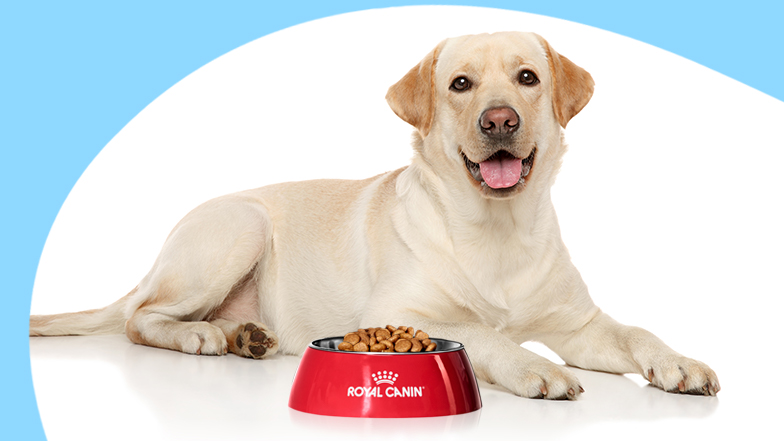Adequate nutrients are essential for cats’ and dogs’ healthy life. They need the right amount of energy to help them move and improve their body functionality. Also, pets need certain nutrients for healthy physical growth and protection against diseases and infections.
This article guides the different pet nutrients found in Royal Canin pet foods, their sources, and their benefits to pets’ survival. Again, recognizing the benefits of other nutrients would help an individual best understand what nutrients are essential for their pets.
Here are the five most important nutrients at Royal Canin pet foods:
Protein and Its Role in Pet Foods
Protein is a macronutrient in both cat and Royal Canin dog food. They are responsible for providing energy, facilitating healthy growth, healing, and ensuring smooth gestation.
Also, protein plays various roles in pets’ health, including:
- Production of blood cells to support and ensure strong immunity
- Building and maintaining multiple muscles mass
- Facilitating the general health growth and development of pets
- Boosting enzyme production that helps in the body biochemical processes
Protein comes from different sources including, greens, legumes, seeds, meat, and vegetable.
Carbohydrates and Its Role in Pet Food
There are high possibilities for cats and dogs to survive without carbohydrates. This is because they can synthesize some types of amino acids. However, carbs are incredibly essential in improving pets’ body functionality.
Other benefits of carbohydrates in royal canin dog and cat foods include:
- Providing immediate energy to the pets
- Support health and improving bacterial population of the digestive tract
- Produces satiety feelings to pets, especially for those at risk of developing obese or overweight
Most carbohydrates are from plant sources like maize, wheat, rice, potato, and barley, except glycogen and glucose in the muscle and liver.
Role of Fats (Lipids) In Pet Food
Fats are predominantly the source of energy in pets’ food. Cats and dogs oxidize various lipids to extract the energy they need for their daily functions.
Apart from providing energy, fats are responsible for:
- Assisting pets to absorb various vitamins
- Improving animal’s palatability
- Supporting pet’s immune functions
- Facilitating the growth of neurological systems and metabolic pathways
Lipids are found in all foods rich in vegetable fats or animal fats, including; eggs, fish oil, soya oil, corn oil, lard, and butter.
Mineral Salts and Their Roles in Pet Food
There are two categories of minerals: macro-, which are present in large quantities like calcium, potassium, and phosphorus. Micro minerals are low, including zinc, iron, iodine, and manganese.
- Minerals are responsible for various functions, including;
- Ossification and cellular ionic balance
- Energy and antioxidant functions
- Synthesis and formation of cartilage and skin pigments
Vitamins in Pet Food
Vitamins are responsible for:
- Metabolic regulation and protection against cell oxidation
- Coagulation and formation of blood cells
- Regulation of the production of sebum and the growth of epidermis cells
Significant sources of vitamins include dairy products, cereals, vegetables, and fruits. Also, meat, liver, kidney, and fish oils are ideal sources.
Have a problem in determining a pet’s nutritional profile? Visit the royal canin dog food for adequate nutrients for the right amount to ensure a better animal life.

